Baby-Led Weaning and Its Developmental Benefits
Baby-Led Weaning and Its Developmental Benefits
A Complete Guide to Understanding How Self-Feeding Transforms Your Baby's Development and Sets the Foundation for Lifelong Healthy Eating Habits
Quick Overview
Baby-led weaning is revolutionizing how we introduce solid foods to infants, moving away from traditional spoon-feeding to letting babies explore and self-feed from the start. This approach not only supports natural developmental milestones but also promotes independence, healthy eating habits, and crucial motor skill development that benefits children throughout their lives.
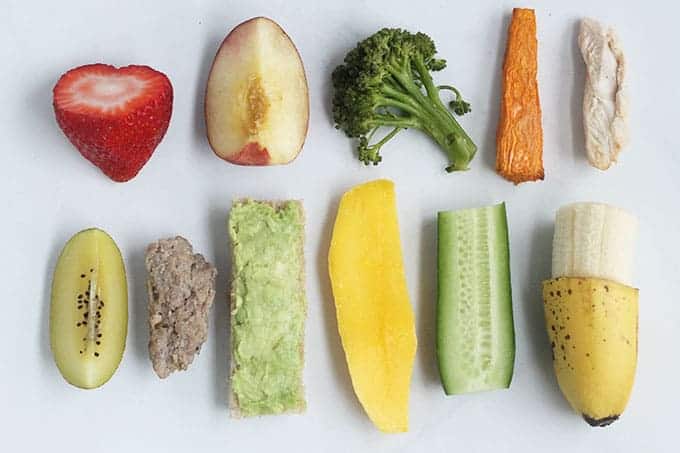
A variety of baby-led weaning finger foods that promote self-feeding and exploration
Understanding Baby-Led Weaning: A Revolutionary Approach
Baby-led weaning (BLW) represents a paradigm shift in how we approach infant feeding during the critical transition from milk to solid foods. Unlike traditional weaning methods that rely heavily on purees and parent-controlled spoon-feeding, baby-led weaning empowers infants to take charge of their eating experience from the very beginning.
This innovative approach, pioneered by UK health visitor Gill Rapley, is founded on the principle that babies are naturally equipped to feed themselves when they reach developmental readiness around 6 months of age. Rather than progressing through stages of increasingly textured purees, babies jump directly to age-appropriate finger foods that they can grasp, explore, and consume independently.
The Philosophy Behind Baby-Led Weaning
At its core, baby-led weaning is built on trust – trust in your baby's innate ability to regulate their food intake, explore new textures and flavors, and develop essential feeding skills at their own pace. This philosophy aligns with current understanding of child development, which recognizes that babies are active participants in their learning process rather than passive recipients of care.
Core Principles of Baby-Led Weaning
- Self-regulation: Babies control how much and how fast they eat
- Food exploration: Emphasis on touching, squishing, and playing with food
- Family meals: Baby joins family mealtimes from the start
- Respect for appetite: No forcing or coercing to eat
- Varied exposure: Introduction to diverse tastes and textures simultaneously
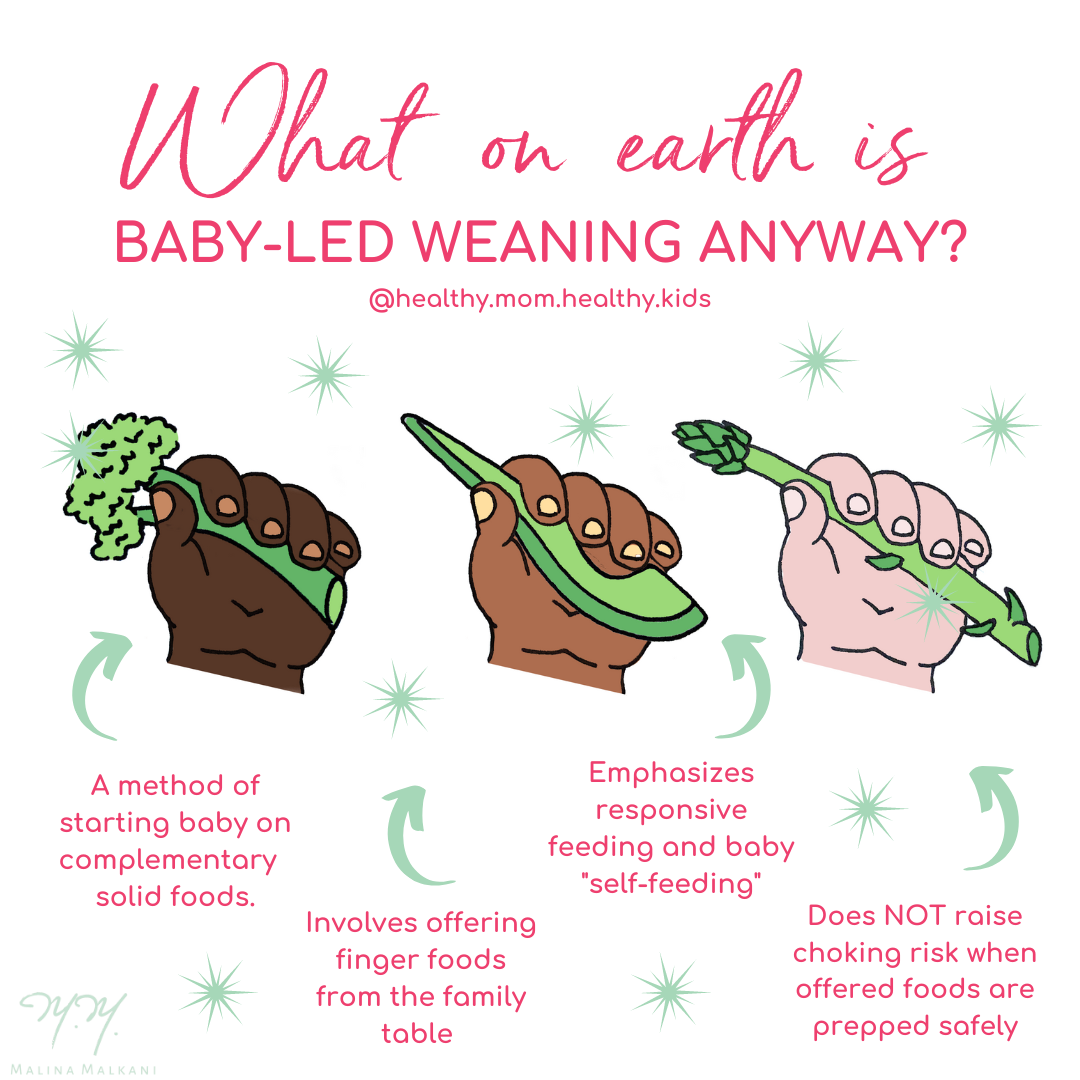
Visual guide to baby-led weaning principles and approach
How Baby-Led Weaning Differs From Traditional Methods
Traditional weaning typically begins with smooth purees fed by caregivers using spoons, gradually introducing texture over many months. This approach, while well-intentioned, can inadvertently bypass crucial developmental stages and limit babies' natural learning opportunities.
In contrast, baby-led weaning presents food in its natural form – appropriately sized and prepared for safe self-feeding. A 6-month-old practicing baby-led weaning might encounter steamed broccoli florets, banana spears, or strips of well-cooked chicken from day one, rather than starting with smooth vegetable purees.
Months - Ideal starting age
of parents report less mealtime stress
Months to develop mature eating skills
Different foods to try in first year
The Developmental Benefits: How Baby-Led Weaning Transforms Growth
The benefits of baby-led weaning extend far beyond simple nutrition, encompassing multiple domains of child development that create lasting impacts throughout childhood and beyond. Research continues to unveil the profound ways this approach supports optimal development during the critical early years.
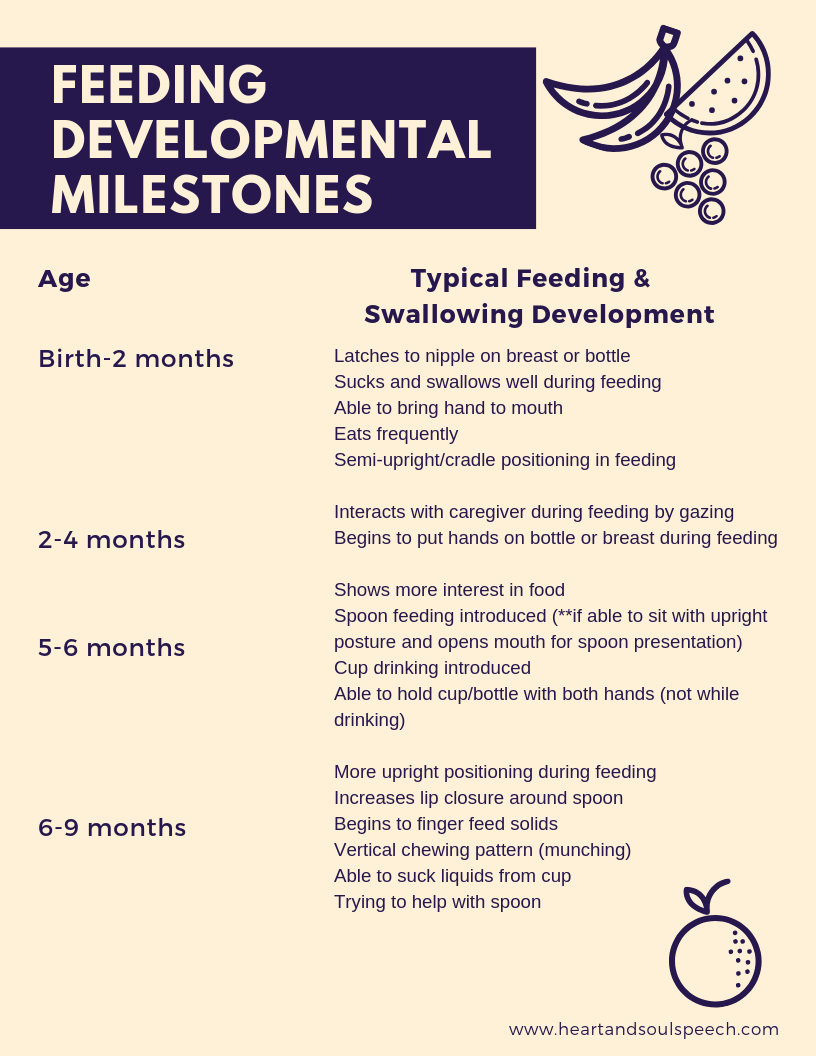
Comprehensive feeding milestones showing natural development progression
Cognitive Development and Learning Enhancement
Baby-led weaning creates rich learning environments that stimulate multiple areas of brain development simultaneously. When babies self-feed, they engage in complex problem-solving activities that strengthen neural pathways and promote cognitive growth.
The act of grasping different foods, determining how much pressure to apply, and coordinating hand-to-mouth movements requires sophisticated planning and execution skills. These experiences build the foundation for later academic abilities, including spatial reasoning, cause-and-effect understanding, and executive function skills.
Cognitive Benefits Include:
- Problem-solving skills: Figuring out how to pick up and eat different shaped foods
- Sensory integration: Processing multiple sensory inputs simultaneously
- Memory development: Remembering preferences and eating experiences
- Attention span: Sustained focus during self-feeding activities
- Executive function: Planning and organizing eating sequences
Fine and Gross Motor Skill Development
Perhaps nowhere are the benefits of baby-led weaning more evident than in motor skill development. The intricate movements required for self-feeding provide extensive practice for both fine and gross motor skills that support overall physical development.

How motor development impacts feeding abilities and vice versa
Fine motor skills benefit tremendously as babies learn to use the pincer grasp, coordinate bilateral hand movements, and develop hand-eye coordination. These skills directly translate to later abilities in writing, drawing, buttoning clothes, and other essential life skills.
Gross motor development is supported through the core stability required for sitting upright during meals, the bilateral coordination needed for two-handed feeding tasks, and the postural control necessary for sustained eating sessions.
Motor Skill Milestones in Baby-Led Weaning
6-7 months: Palmer grasp, bringing food to mouth, beginning to bite
8-9 months: Developing pincer grasp, better hand control, chewing motions
10-12 months: Refined pincer grasp, self-feeding with utensils, mature chewing
12+ months: Advanced utensil use, independent eating, complex food manipulation
Social and Emotional Development
Baby-led weaning naturally integrates babies into family meal times, creating valuable opportunities for social learning and emotional development. This inclusion helps babies understand mealtime as a social activity while developing crucial emotional regulation skills.
When babies are allowed to explore food at their own pace without pressure, they develop a positive relationship with eating that can last a lifetime. This approach reduces food-related anxiety and promotes confidence in trying new foods and flavors.
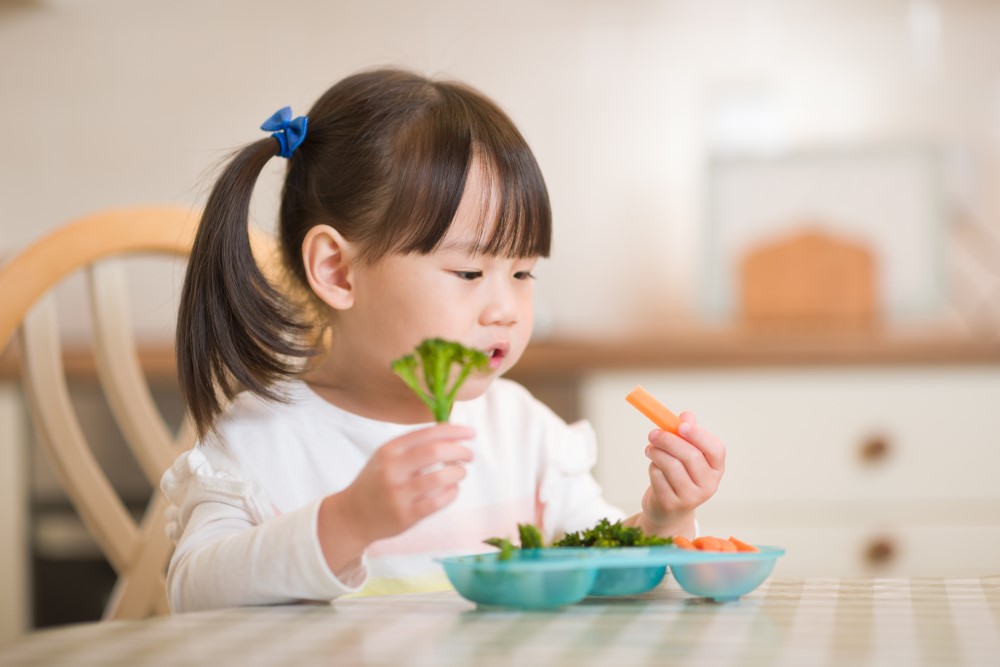
Family mealtime integration promotes social and emotional development
Speech and Language Development
The connection between feeding skills and speech development is profound and often underestimated. Baby-led weaning provides extensive practice for the oral motor skills that form the foundation of clear speech production.
Chewing different textures strengthens the muscles of the jaw, tongue, and lips – the same muscles required for speech sound production. The varied movements required for eating different foods promote oral motor coordination that directly supports articulation development.
Speech Development Benefits:
- Oral motor strength: Building muscles needed for clear speech
- Tongue coordination: Developing precise tongue movements
- Breathing control: Learning to coordinate breathing with eating and speaking
- Sensory awareness: Developing oral sensory processing abilities
- Communication skills: Learning to express preferences and needs
Sensory Processing and Integration
Baby-led weaning provides rich sensory experiences that support the development of sensory processing abilities. Babies encounter foods with varying temperatures, textures, tastes, and smells, helping their sensory systems learn to process and integrate multiple inputs simultaneously.
This sensory exposure is particularly beneficial for preventing food aversions and promoting acceptance of varied textures throughout childhood. Babies who experience diverse sensory inputs through food exploration typically demonstrate better sensory processing abilities in other areas of development as well.
Getting Started: Practical Steps for Success
Beginning baby-led weaning requires preparation, patience, and understanding of developmental readiness signs. Success depends on recognizing when your baby is ready and creating an environment that supports safe exploration and learning.
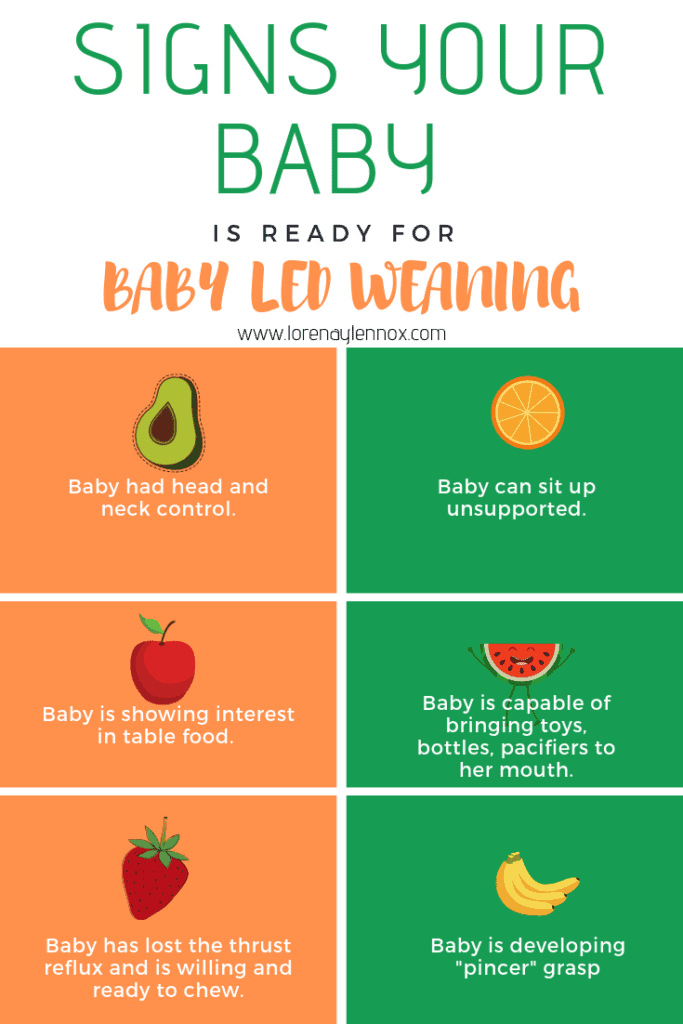
Key readiness signs for starting baby-led weaning
Recognizing Developmental Readiness
Not all 6-month-old babies are ready to begin baby-led weaning on the same timeline. Individual development varies, and it's crucial to look for specific readiness signs rather than relying solely on age.
Essential Readiness Signs
- Sitting independently: Baby can sit upright with minimal support
- Lost tongue thrust reflex: No longer automatically pushes food out with tongue
- Hand-eye coordination: Can accurately bring objects to mouth
- Interest in food: Shows curiosity about what others are eating
- Pincer grasp developing: Beginning to use thumb and finger to pick up objects
- Chewing motions: Makes up-and-down jaw movements
Setting Up for Success
Creating the right environment is essential for positive baby-led weaning experiences. This includes physical setup, safety considerations, and establishing routines that support learning and exploration.
The eating environment should be calm, positive, and free from distractions. High chairs should provide proper support and positioning, and families should be prepared for mess – lots of it! Food exploration is inherently messy, and this messiness is actually an important part of the learning process.
Essential Setup Components:
- Appropriate high chair: Supportive, adjustable, easy to clean
- Proper positioning: Feet supported, upright posture
- Safety measures: Always supervised, choking hazards removed
- Easy cleanup: Splat mats, bibs, accessible cleaning supplies
- Family inclusion: Baby eats when family eats
The First Week: What to Expect
The initial days of baby-led weaning can be both exciting and anxiety-provoking for parents. Understanding what's normal helps families navigate this transition with confidence and realistic expectations.
During the first week, very little food may actually be consumed – and that's perfectly normal. The primary goal is exploration and learning, not nutrition. Babies will touch, squish, lick, and play with food as they learn about different properties and characteristics.
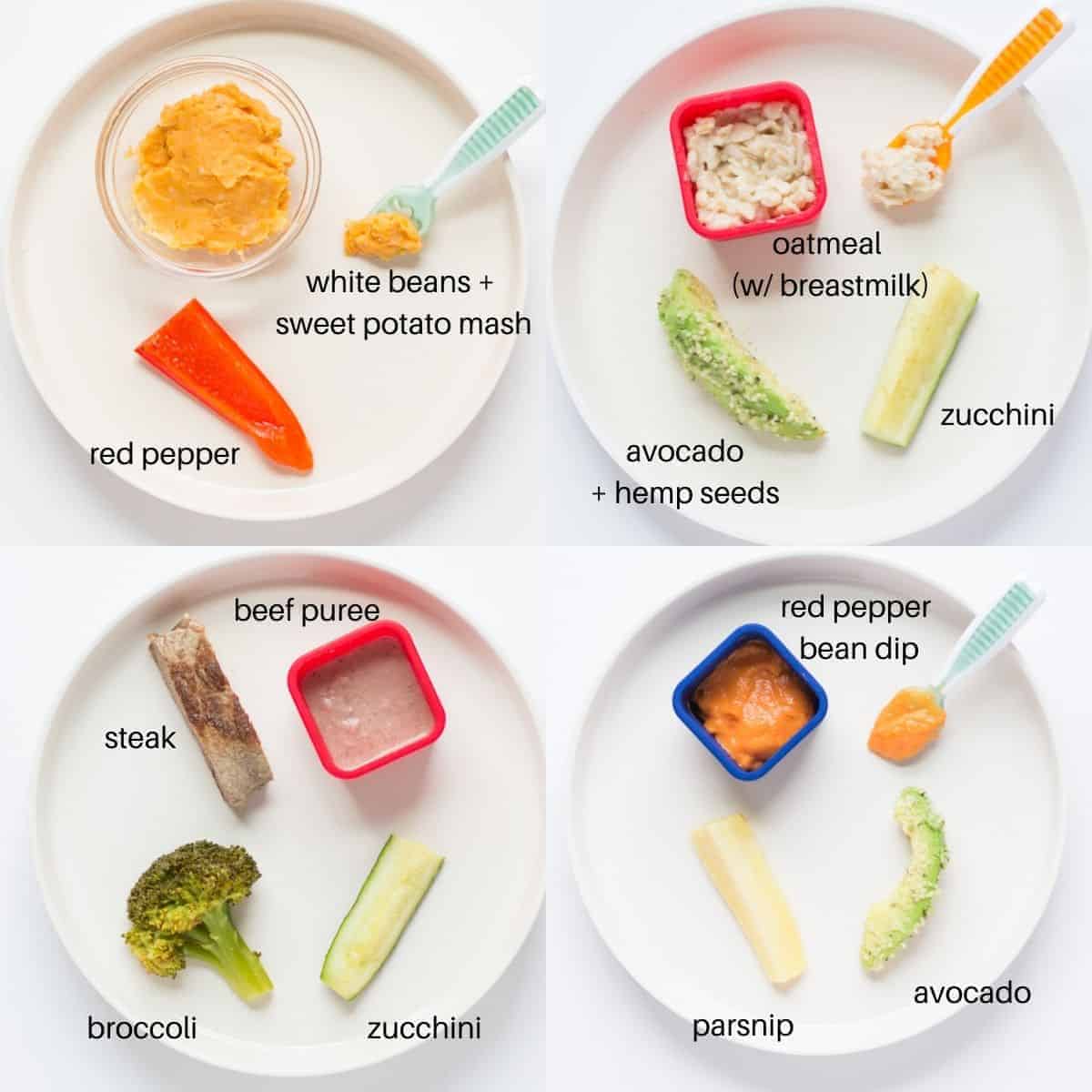
Example of first week baby-led weaning foods and typical exploration behaviors
First Week Reality Check
- Most food will end up on the floor, not in baby's mouth
- Eating sessions may last 5-10 minutes initially
- Baby may show strong preferences or aversions
- Gagging is normal and different from choking
- Milk remains the primary nutrition source
Safety First: Understanding Risks and Prevention
Safety is paramount in baby-led weaning, and understanding the difference between normal gagging responses and dangerous choking is crucial for all caregivers. Proper preparation and knowledge significantly reduce risks while allowing babies to explore foods safely.
Gagging vs. Choking: Critical Differences
One of the most anxiety-provoking aspects of baby-led weaning for parents is distinguishing between normal gagging and dangerous choking. Gagging is a protective reflex that helps prevent choking and is actually a positive sign that baby's safety mechanisms are working properly.
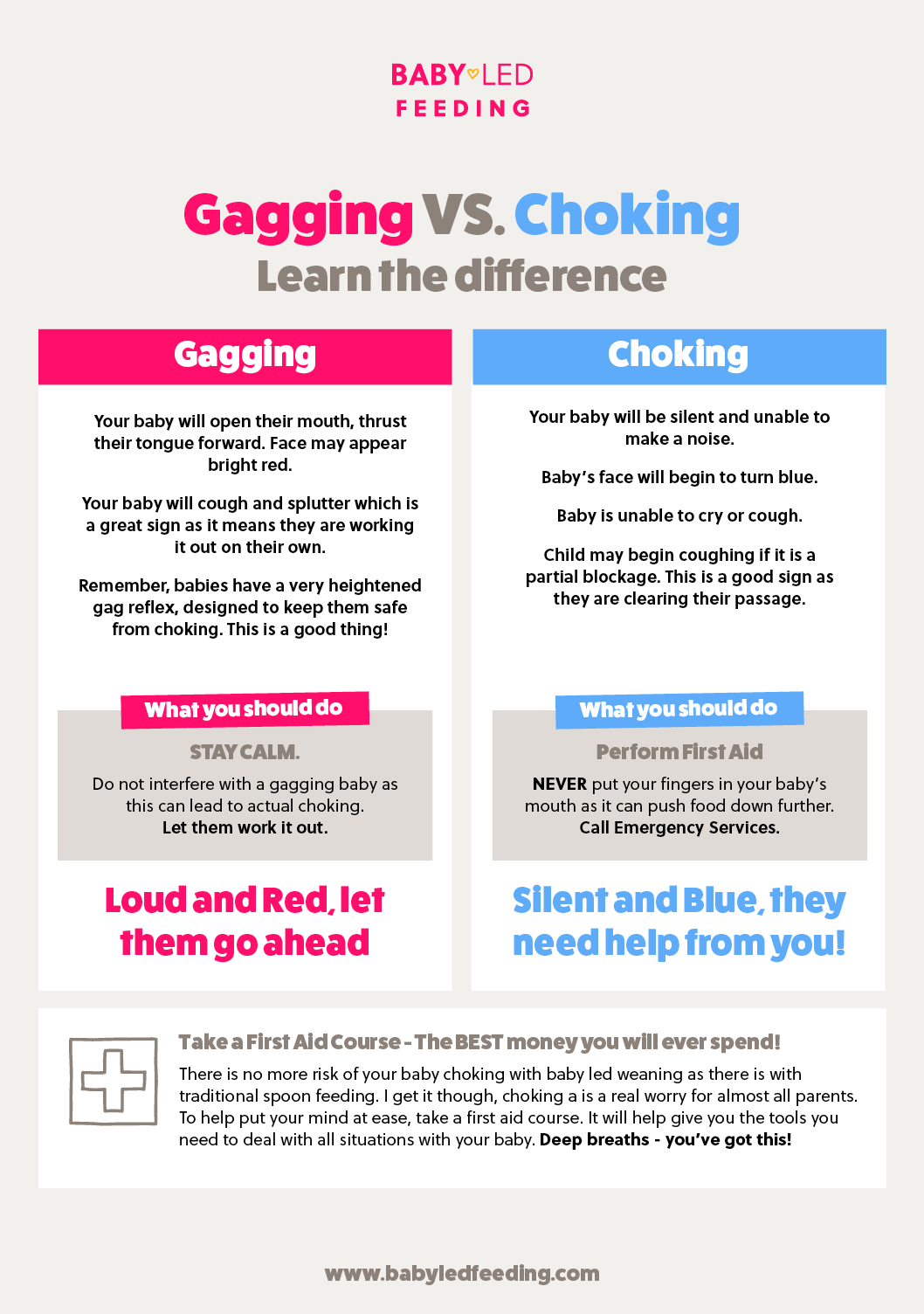
Visual guide to understanding the differences between gagging and choking
Gagging Signs (Normal Response)
- Baby makes noise, coughs, or retches
- Face may turn red from effort
- Baby continues breathing
- Often resolves quickly as baby adjusts
- Baby may continue eating afterward
Choking Signs (Emergency Situation)
- Silent or very quiet (cannot make noise)
- Cannot breathe or breathing is severely compromised
- Face turns blue or pale
- Baby appears panicked or unconscious
- Requires immediate intervention
Food Preparation and Safety Guidelines
Proper food preparation is essential for safe baby-led weaning. Understanding how to modify foods to make them safe while maintaining their nutritional value and learning potential requires specific knowledge and techniques.
The key principle is offering foods in shapes and textures that babies can safely manage while avoiding known choking hazards. This often means preparing foods differently than how adults would typically eat them.
Safe Food Preparation Guidelines:
- Size matters: Foods should be at least as long as baby's fist
- Soft consistency: Foods should be mashable between fingers
- No small pieces: Avoid anything smaller than a golf ball initially
- Remove hazards: Eliminate pits, seeds, tough skins
- Appropriate cooking: Steam, roast, or cook until appropriately soft
Foods to Avoid in Early Baby-Led Weaning
Certain foods pose unacceptable choking risks or are nutritionally inappropriate for babies and should be completely avoided during the early months of baby-led weaning.
Foods to Completely Avoid
- Honey: Risk of botulism in babies under 12 months
- Whole nuts: Major choking hazard
- Hard candies: Choking risk and inappropriate sugar content
- Raw shellfish: Food safety concerns
- Large seeds: Choking hazard
- Whole grapes: Must be quartered lengthwise
- Popcorn: Choking hazard and hard to digest
First Foods and Nutrition: Building a Foundation
Selecting appropriate first foods for baby-led weaning involves balancing nutritional needs, safety considerations, and developmental appropriateness. The goal is to offer varied, nutrient-dense options that support healthy growth while encouraging exploration and learning.
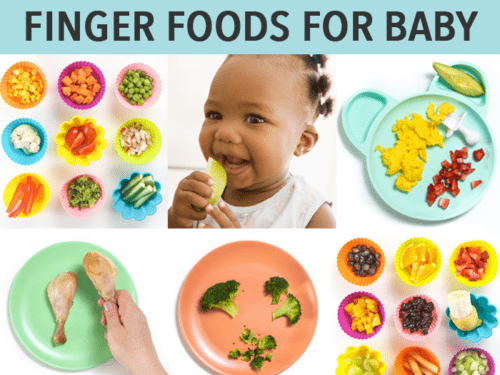
Comprehensive guide to age-appropriate finger foods for babies
Ideal First Foods for Baby-Led Weaning
The best first foods for baby-led weaning are those that can be easily grasped by small hands, are soft enough to be gummed effectively, and provide good nutritional value. These foods should be large enough to prevent choking while still being manageable for developing motor skills.
Variety is key – offering different colors, textures, and flavors helps expand babies' sensory experiences and prevents the development of food aversions. Each meal should ideally include foods from different food groups to ensure balanced nutrition.
Excellent First Foods Include:
- Steamed vegetables: Broccoli florets, carrot sticks, sweet potato wedges
- Soft fruits: Banana spears, ripe pear slices, avocado wedges
- Well-cooked proteins: Chicken strips, fish flakes, scrambled eggs
- Whole grains: Toast fingers, pasta shapes, rice cakes
- Legumes: Well-cooked beans, lentils, chickpeas
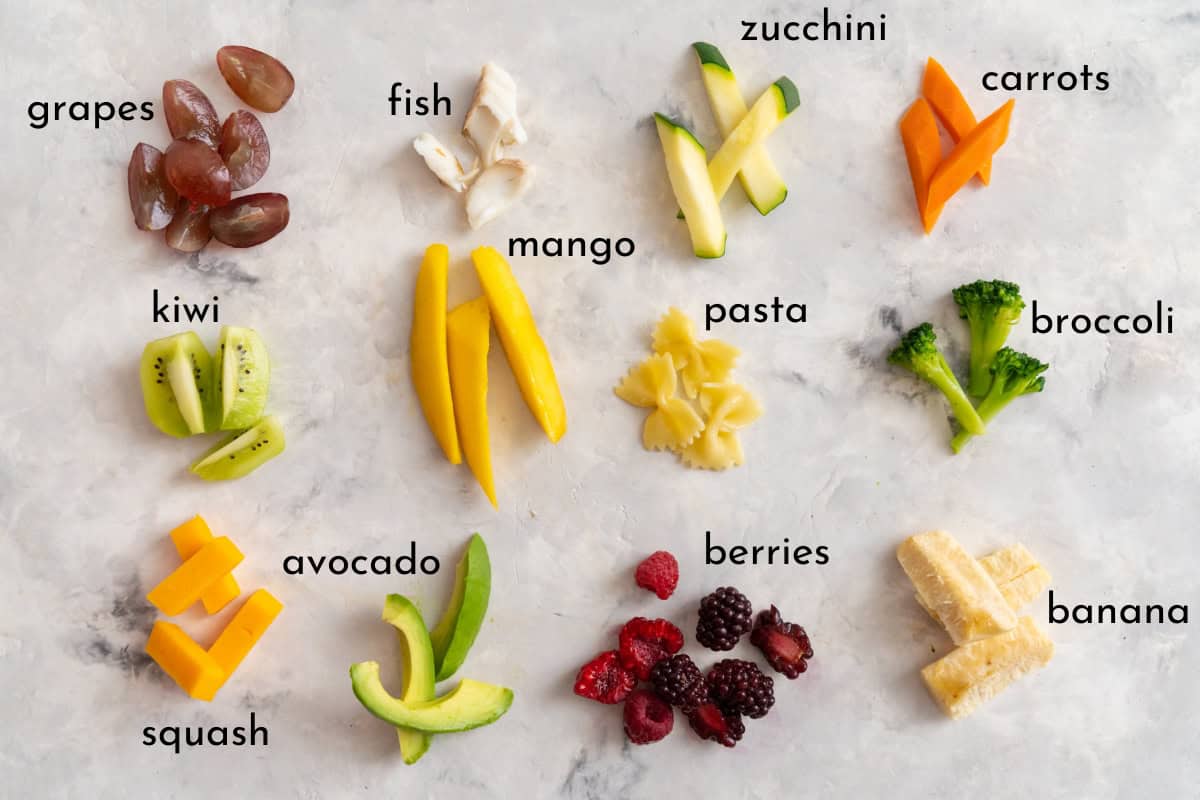
Colorful array of baby-led weaning starter foods including fruits and vegetables
Nutritional Considerations and Balance
While exploration and learning are primary goals in early baby-led weaning, nutrition remains important. Understanding how to balance nutritional needs with developmental goals helps ensure babies receive adequate nutrition while developing healthy eating skills.
Iron is of particular importance as babies' iron stores from birth begin to deplete around 6 months. Offering iron-rich foods regularly helps prevent deficiency while supporting cognitive development and energy levels.
Key Nutritional Priorities
Iron: Meat, fish, fortified cereals, beans, leafy greens
Healthy fats: Avocado, olive oil, nut butters (smooth), fatty fish
Protein: Eggs, meat, fish, legumes, dairy products
Complex carbohydrates: Whole grains, starchy vegetables
Vitamins and minerals: Variety of colorful fruits and vegetables
Meal Planning and Preparation Strategies
Successful baby-led weaning often depends on efficient meal planning and preparation. Having appropriate foods readily available reduces stress and ensures babies have varied options at each meal.
Batch cooking and freezing portions of baby-appropriate foods can significantly reduce daily preparation time. Many foods can be prepared in larger quantities and portioned for future use, making daily meal preparation more manageable for busy families.

Examples of prepared finger foods ready for baby-led weaning sessions
Motor Skill Development Through Self-Feeding
The intricate relationship between feeding and motor development cannot be overstated. Baby-led weaning provides countless opportunities for babies to practice and refine motor skills that support overall development and future learning abilities.

Demonstration of how feeding activities support fine motor development
Fine Motor Skill Progression
Fine motor skills develop in predictable patterns, and baby-led weaning provides ideal opportunities to practice these skills in meaningful, motivating contexts. The progression from whole-hand grasping to precise pincer movements happens naturally through repeated feeding experiences.
Initially, babies use palmer grasp to pick up larger pieces of food, gradually refining their grip as their nervous system matures and they gain experience. This natural progression supports optimal development without forcing skills before babies are developmentally ready.
Fine Motor Milestones in Feeding:
- 6-7 months: Palmer grasp, raking motions, bilateral hand use
- 8-9 months: Beginning pincer grasp, improved hand-eye coordination
- 10-11 months: Refined pincer grasp, isolated finger movements
- 12+ months: Precise manipulation, beginning utensil use
- 15+ months: Advanced utensil skills, complex food manipulation
Gross Motor Integration
While fine motor skills often receive the most attention in feeding development, gross motor skills play equally important roles. Core stability, postural control, and bilateral coordination all contribute to successful self-feeding abilities.
Babies must maintain upright posture throughout meals while coordinating complex movements involving both arms and hands. This integration of gross and fine motor skills builds the foundation for many later academic and life skills.

Example of how messy play during eating supports oral motor skill development
Oral Motor Development
The development of oral motor skills through baby-led weaning has implications far beyond eating abilities. These skills directly support speech development, breathing patterns, and overall oral health throughout life.
Different food textures and consistencies provide varied sensory input and motor challenges that strengthen and coordinate the muscles of the mouth, tongue, and jaw. This natural strengthening and coordination process supports clear speech production and efficient eating abilities.
Oral Motor Benefits of Different Textures
Crunchy foods: Build jaw strength and promote proper bite patterns
Chewy foods: Develop sustained jaw movement and endurance
Mixed textures: Improve oral processing and tongue coordination
Liquid consistency: Support swallowing coordination and timing
Common Challenges and Solutions
Every family encounters challenges during their baby-led weaning journey. Understanding common difficulties and evidence-based solutions helps families navigate obstacles with confidence and maintain positive feeding relationships.
Messy Eating and Cleanup Strategies
The messiness of baby-led weaning can be overwhelming for some families, but understanding that mess is an integral part of learning helps reframe this challenge. Babies learn through sensory exploration, and restricting this exploration limits learning opportunities.

Practical tips for managing the challenges of self-feeding development
Managing Mealtime Mess
- Use splat mats or newspapers under high chair
- Invest in bibs with pockets to catch dropped food
- Keep cleaning supplies readily accessible
- Consider feeding outdoors when weather permits
- Remember that mess decreases as skills improve
Food Refusal and Picky Eating Prevention
One of the significant advantages of baby-led weaning is its potential to prevent picky eating behaviors. However, some babies may still show strong preferences or refuse certain foods. Understanding normal eating patterns helps distinguish between typical preferences and concerning behaviors.
Repeated exposure without pressure is key to expanding acceptance of new foods. Research shows that it can take 10-15 exposures to a new food before a baby will try it, and many more exposures before they accept it consistently.
Preventing Picky Eating:
- Continue offering refused foods: Without pressure or commentary
- Model eating behaviors: Eat the same foods enthusiastically
- Maintain variety: Offer different foods at each meal
- Avoid bribing: Don't use dessert as motivation for eating
- Trust baby's appetite: Allow natural regulation of intake
Balancing Nutrition and Exploration
Parents often worry about adequate nutrition when babies seem to play more than eat. Understanding that "food before one is just for fun" helps relieve some anxiety, while also recognizing the importance of gradually increasing food intake as babies approach their first birthday.
Tracking overall patterns rather than individual meals provides better insight into nutritional adequacy. Babies' appetites and interests vary significantly from day to day, and this variation is completely normal.
When to Consult Healthcare Providers
- Consistent weight loss or poor weight gain
- Complete refusal of all solid foods after several weeks
- Signs of nutritional deficiency
- Concerning choking episodes
- Significant feeding-related anxiety in parent or child
Long-Term Benefits and Outcomes
The benefits of baby-led weaning extend far beyond the weaning period itself, creating positive impacts that can last throughout childhood and into adulthood. Research continues to reveal the long-term advantages of this approach for health, development, and family relationships.

Long-term benefits of establishing healthy eating habits from early infancy
Establishing Lifelong Healthy Eating Patterns
Perhaps the most significant long-term benefit of baby-led weaning is its potential to establish healthy relationships with food that persist throughout life. Children who learn to self-regulate their food intake from an early age often maintain better weight management and eating behaviors into adolescence and adulthood.
The emphasis on variety and exploration in baby-led weaning typically results in children who are more willing to try new foods and maintain diverse diets. This adventurous eating style supports better nutrition and reduces the likelihood of developing restrictive eating patterns.
Long-Term Eating Benefits:
- Intuitive eating: Maintained ability to recognize hunger and fullness cues
- Food variety: Continued willingness to try new foods and flavors
- Healthy weight: Better weight regulation throughout childhood
- Positive food relationships: Less food-related anxiety and restriction
- Social eating skills: Comfort eating in various social situations
Academic and Cognitive Advantages
The cognitive skills developed through baby-led weaning – problem-solving, planning, sensory integration, and executive function – provide advantages in academic settings. Children who have extensive experience with complex motor tasks often demonstrate better fine motor skills needed for writing and artistic activities.
The sensory integration skills developed through food exploration support learning in many academic areas, including science, mathematics, and reading. These foundational skills create advantages that become more apparent as children progress through school.
Family Mealtime Quality
Families who practice baby-led weaning often report less stressful mealtimes and greater enjoyment of family meals. When babies can participate in family meals from the beginning, mealtime becomes a shared experience rather than a separate task.
This integration of babies into family mealtimes supports the development of social skills, conversation abilities, and cultural food traditions. These positive mealtime experiences create lasting memories and strengthen family bonds.
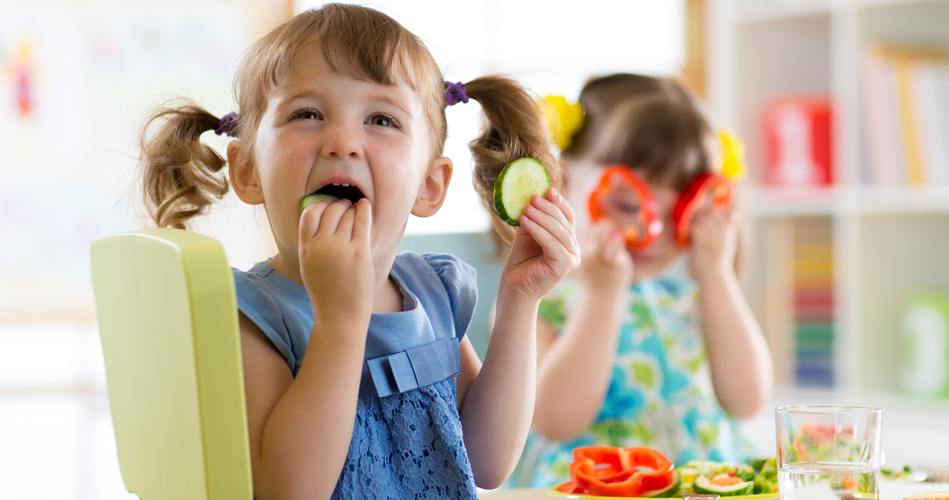
The journey toward independent eating skills that begins with baby-led weaning
Frequently Asked Questions
When should I start baby-led weaning?
Baby-led weaning should begin when your baby shows signs of readiness, typically around 6 months of age. Key signs include sitting independently, loss of tongue thrust reflex, and showing interest in food. Wait until your baby can maintain an upright position and has developed sufficient hand-eye coordination.
Is baby-led weaning safe?
When practiced correctly with appropriate food preparation and supervision, baby-led weaning is safe. The key is understanding the difference between gagging (normal) and choking (emergency), offering appropriately prepared foods, and maintaining constant supervision during meals.
Will my baby get enough nutrition?
Most babies practicing baby-led weaning receive adequate nutrition, especially when breastfeeding or formula feeding continues alongside solid foods. The key is offering a variety of nutrient-dense foods and consulting with healthcare providers about growth and development.
Enhance Your Parenting Journey
While you're supporting your baby's development through baby-led weaning, don't forget the power of storytelling in childhood development. Stories enhance language development, cognitive skills, and emotional intelligence – perfect complements to the developmental benefits of self-feeding.
Discover magical bedtime stories that support your child's overall development and create lasting memories together.
Explore Magical Bedtime StoriesConclusion: Embracing the Journey
Baby-led weaning represents more than just a feeding method – it's a philosophy that respects babies' natural development and supports their innate ability to learn and grow. The benefits extend far beyond nutrition, encompassing motor development, cognitive growth, social skills, and the establishment of lifelong healthy eating patterns.
While the journey may seem daunting at first, with its inherent messiness and initial anxieties, the long-term benefits make baby-led weaning a worthwhile investment in your child's development. The confidence, independence, and healthy relationship with food that babies develop through this approach create advantages that last a lifetime.
Remember that every baby is unique, and their journey through baby-led weaning will be individual. Trust your instincts, follow your baby's lead, and don't hesitate to seek support from healthcare providers or feeding specialists when needed. The mess is temporary, but the benefits are permanent.
As you embark on or continue this journey, celebrate the small victories – the first successful pincer grasp, the first bite of broccoli, the first meal where more food goes in than on the floor. These moments mark important developmental milestones and represent your baby's growing independence and capability.
Key Takeaways
- Baby-led weaning supports multiple areas of development simultaneously
- Safety knowledge and proper food preparation are essential
- Patience and trust in your baby's abilities are crucial for success
- The benefits extend far beyond the weaning period into childhood and beyond
- Every baby's journey is unique – follow your child's individual timeline
